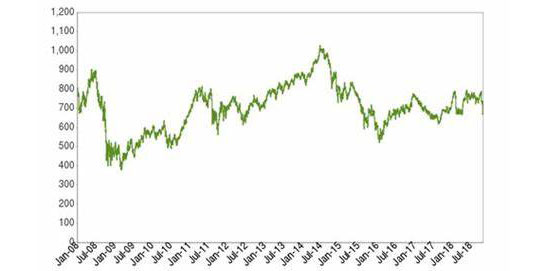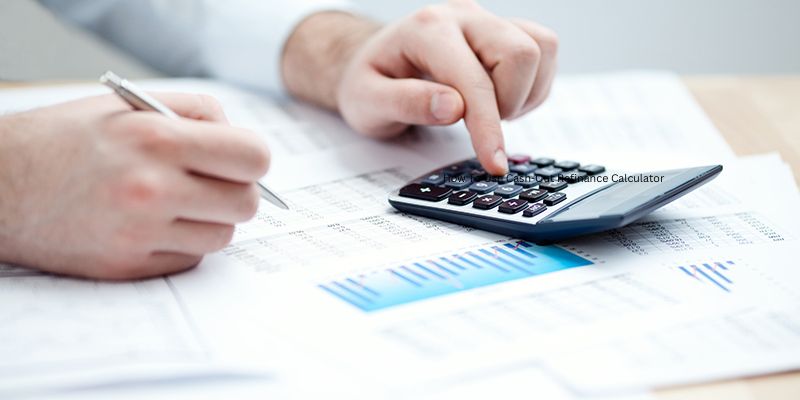Oct 04, 2023 By Susan Kelly
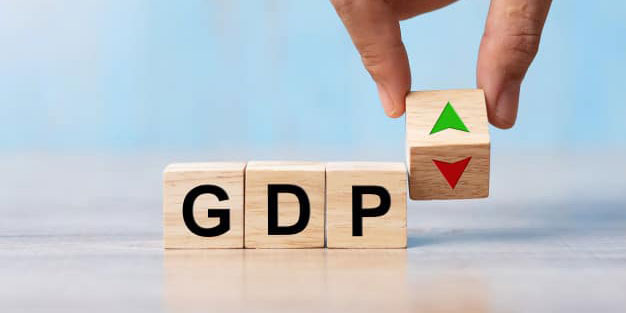
GDP refers to the sum of the market value or value of all finished products and services produced. It is a broad gauge of the overall production in the country; it serves as a comprehensive indicator of a country's economic well-being.
Although GDP is usually measured on an annual basis, it's often calculated based on a quarterly basis, too. For the U.S., for example, the government publishes an annualized estimate of GDP for every quarter of the fiscal year and during the entire calendar year. The individual data sets the report presented in real terms, which means the data is adjusted to price fluctuations and thus, free of inflation.
Nominal vs. Real GDP
GDP can be described in terms of nominal or real. The nominal GDP calculation is by calculating the value of the products and services created, which means it is not just the amount of output but also the shift in the total output cost. This means that in an economy with an annual inflation rate of 5%, the rate of nominal GDP would increase by each year by 5% due to the increase in prices, regardless of the quantity and quality of goods and services produced, remain the same.
Real GDP, however, is adjusted to account for inflation, which means that it accounts for changes in the price of goods and services to determine changes in production. Financial markets and policymakers are focused on real GDP since gains resulting from inflation don't provide economic benefits. To calculate real GDP, the BEA creates chain indexes that permit it to alter the value of products and services based on the fluctuation in the price of the items and services.
Measuring GDP
There are three main ways to calculate GDP. First, by adding together what each person earns (known by the term income method) and then adding the amount that everyone spent during one year (the spending method). Both measures must be roughly equal in amount.
The income method, often called GDP(I), refers to the total compensation employees receive from businesses, profits from businesses, and fewer tax subsidies. The spending method, which we have discussed previously, is the more popular method calculated through the combination of private consumption by private the government's spending on investment and net exports.
Then, GDP can be calculated based on the value of produced goods and services (the production or output method). Since the economic output depends on spending and is ultimately consumed by consumers, these three ways of measuring GDP must all come at the same number.

GDP for Investors and Economists
GDP is a vital measure for investors and economists since it tracks the changes in the size of the whole economy. Alongside being a complete indicator of the economy's health, GDP reports offer insights into the causes that are driving economic growth or hindering it.
Economic health measured by the growth in GDP can be a major factor in the price of assets in the financial sector. Since stronger economic growth tends to lead to greater profits for corporations, a higher risk-aversion, and a positive correlation with the price of shares. However, higher GDP growth could hurt fixed-income bond investments because their yields are less appealing on a comparative basis.
Although GDP reports offer an accurate estimate of the state of the economy, they are not an indicator of economic strength; rather, they provide a glimpse of the rearview mirror of the economy. Markets evaluate GDP reports within the context of the indicators preceding them and other sensitive indicators about consensus expectations.
Importance
All of us--politicians, investors, and citizens are impacted by the power of local and global economies. GDP is a crucial indicator of the size of an economy's efficiency and general health. GDP is calculated on an annual and quarterly schedule in the United States. In the United States, the Bureau of Economic Analysis (BEA) calculates GDP using information taken from manufacturers, retailers building, builders, and trade flow surveys and reports.
Each of these entities listed above may use GDP figures to gauge the nation's health by comparing the current GDP with the previous figures. If the figure increases, the economy is becoming more productive. If the number is declining and so the economy becomes less productive. This kind of comparison is particularly useful when carried out over a long time because it permits longer-term trends to develop.
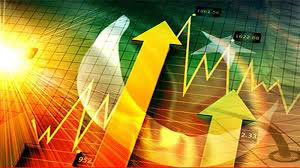
A business or company looking to enter new markets could consider using GDP to assess which ones are the healthiest. Investors interested in developing markets might use GDP to identify the countries that are growing the fastest and, consequently, could yield the highest ROI. An elected official or policymaker could use GDP to see the impact of policies on the economy.
-

Buying a Leased Car
Oct 21, 2023
-

What Exactly Is a Working Capital Loan?
Dec 16, 2023
-

A Complete Guide About Perpetual Preferred Stock
Oct 07, 2023
-

Gross Domestic Product
Oct 04, 2023
-

Detailed Guide to Homeownership for Single Parents
Jan 26, 2024
-

Compare: Rainy Day Fund vs. Emergency Fund
Jan 21, 2024
-
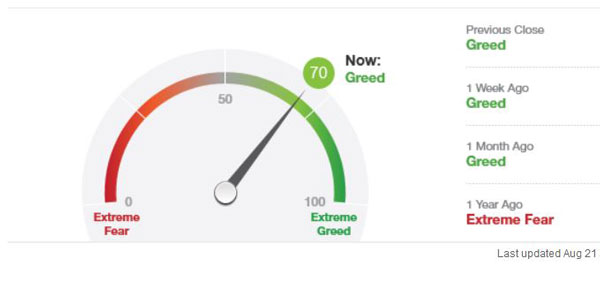
How the Fear and Greed Index Can Guide Your Investing: Elaborate in Detail
Nov 07, 2023
-

The Best Prepaid Debit Cards Of 2022
Jan 21, 2024
